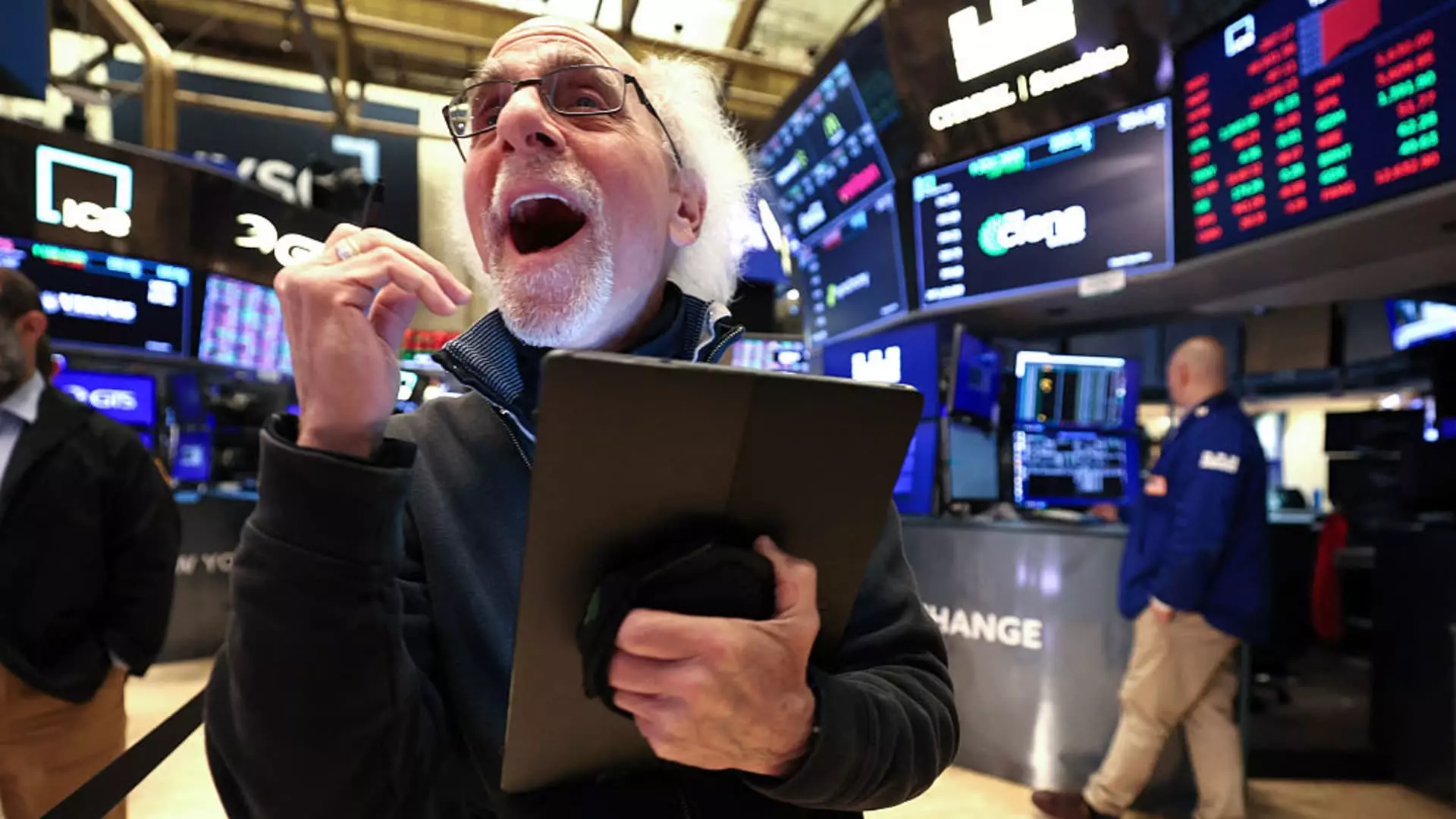The recent surge in the S&P 500, fueled predominantly by corporate earnings reports, masks a troubling reality. While investors cheer the apparent strength of corporate America, this optimism is fundamentally superficial. The market’s upward movement isn’t rooted in genuine economic growth or sustainable fundamentals, but rather in the fleeting allure of optimistic earnings forecasts. When the majority of S&P 500 companies report better-than-expected results, it’s tempting to see this as validation of a resilient economy. However, beneath this veneer lies a fragile foundation awash with manipulated expectations, often influenced by creative accounting practices and short-term strategies. The surge in tech giants, especially the so-called “Magnificent Seven,” seems less like a harbinger of lasting growth and more like a spectacle designed to distract from the underlying economic vulnerabilities.
Overconfidence in a Volatile Political Environment
Another layer of this misplaced optimism concerns the interplay between markets and government policies. Despite ongoing geopolitical tensions, trade uncertainties, and domestic political friction, investors remain surprisingly sanguine—perhaps overly so. The White House’s reaffirmation of tariffs as a “hard deadline” for countries to pay up strategically fuels short-term confidence but overlooks the long-term ramifications of escalating trade conflicts. The assumption that dialogue can continue post-August 1 does little to address the mounting economic risks associated with protectionism. This mismatch between political realities and market exuberance is dangerous—it suggests a readiness to ignore systemic risks in favor of quick gains, much like ignoring the warning signs because of a temporary uptick in performance.
The Fantasy of Uninterrupted Economic Growth
The narrative that second-quarter earnings will propel the market to new heights is fundamentally flawed. Relying on the current earnings season as a barometer for economic health is akin to judging the weather by a single day’s forecast. While reports like Verizon’s impressive gains and optimistic outlooks from tech giants generate excitement, they do not necessarily reflect a sustained economic expansion. In fact, the optimism is built on a fragile consensus that growth will continue, despite mounting concerns over inflation, rising interest rates, and persistent geopolitical strains. Market analysts like Sam Stovall tend to paint a rosy picture, suggesting a 10% rise after recovering from a correction. Yet, this outlook dismisses the underlying systemic issues—overleveraged corporations, consumer debt levels, and fragile supply chains—that could abruptly reverse these gains.
The Danger of Overestimating Market Resilience
What is particularly troubling about the current rally is the complacency it fosters among investors. There’s a dangerous presumption that the market will “shake out” negativity and move toward a new peak, often citing historical patterns without real regard for the unique challenges facing today’s economy. While some may see this as a temporary correction—a healthy reset—the risk is that such optimism becomes misplaced. The market’s recent movements illustrate a classic case of “buy the rumor, sell the news” mentality, where prices are driven by expectations rather than actual fundamentals. If recent gains are largely driven by speculation and hope, then the market is vulnerable to swift downturns once the reality of slowing growth or geopolitical shocks becomes unavoidable.
The Reality Check: Will the Optimism Persist?
In truth, the current market environment lacks the robustness necessary for sustained growth. The fervor surrounding earnings is likely to fade once the short-term optimism dissipates, exposing the underlying fragility of corporate earnings and economic fundamentals. This isn’t a call for doom but a stark warning about the dangers of uncritical complacency. As history demonstrates, markets tend to overextend themselves in times of unwarranted confidence, only to suffer painful corrections when reality catches up. The seemingly resilient rally might mask an underlying vulnerability—a prelude to a more significant downturn if geopolitical tensions, inflation pressures, or policy missteps intensify. Investors should approach this euphoric moment with skepticism, recognizing that beneath the surface, the market remains susceptible to sudden and severe reversals.

Leave a Reply